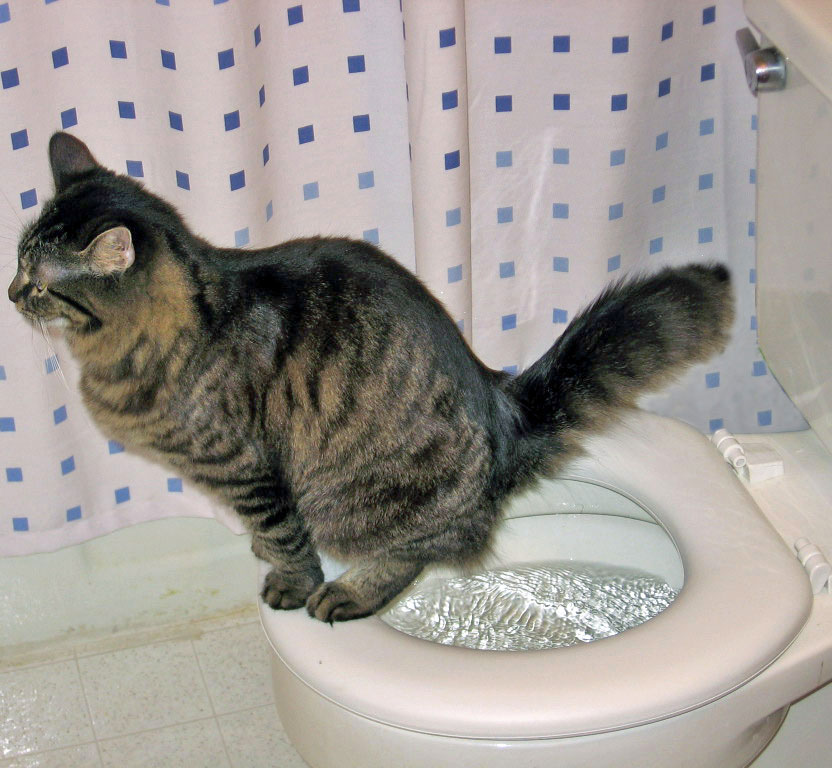Listed here down the page you will find additional reliable expertise about How to Dispose of Cat Poop and Litter Without Plastic Bags.

Introduction
As feline proprietors, it's important to bear in mind how we dispose of our feline pals' waste. While it may appear convenient to purge pet cat poop down the commode, this technique can have destructive consequences for both the environment and human wellness.
Environmental Impact
Flushing feline poop introduces dangerous virus and bloodsuckers into the water, posturing a substantial danger to water communities. These contaminants can adversely influence aquatic life and concession water top quality.
Health and wellness Risks
Along with ecological issues, flushing feline waste can additionally posture health threats to people. Cat feces may consist of Toxoplasma gondii, a bloodsucker that can cause toxoplasmosis-- a possibly extreme disease, particularly for expectant ladies and people with damaged body immune systems.
Alternatives to Flushing
Luckily, there are much safer and extra accountable means to get rid of feline poop. Think about the adhering to choices:
1. Scoop and Dispose in Trash
One of the most common technique of taking care of feline poop is to scoop it into a naturally degradable bag and throw it in the trash. Make certain to make use of a dedicated trash inside story and deal with the waste quickly.
2. Use Biodegradable Litter
Select eco-friendly feline trash made from materials such as corn or wheat. These clutters are environmentally friendly and can be safely thrown away in the trash.
3. Bury in the Yard
If you have a backyard, consider burying cat waste in a marked area far from vegetable gardens and water resources. Make sure to dig deep enough to avoid contamination of groundwater.
4. Set Up a Pet Waste Disposal System
Purchase a pet dog waste disposal system particularly created for feline waste. These systems use enzymes to break down the waste, decreasing odor and environmental influence.
Conclusion
Responsible pet ownership prolongs past providing food and shelter-- it additionally includes appropriate waste management. By avoiding purging cat poop down the toilet and going with alternate disposal techniques, we can minimize our environmental impact and safeguard human health and wellness.
Why Can’t I Flush Cat Poop?
It Spreads a Parasite
Cats are frequently infected with a parasite called toxoplasma gondii. The parasite causes an infection called toxoplasmosis. It is usually harmless to cats. The parasite only uses cat poop as a host for its eggs. Otherwise, the cat’s immune system usually keeps the infection at low enough levels to maintain its own health. But it does not stop the develop of eggs. These eggs are tiny and surprisingly tough. They may survive for a year before they begin to grow. But that’s the problem.
Our wastewater system is not designed to deal with toxoplasmosis eggs. Instead, most eggs will flush from your toilet into sewers and wastewater management plants. After the sewage is treated for many other harmful things in it, it is typically released into local rivers, lakes, or oceans. Here, the toxoplasmosis eggs can find new hosts, including starfish, crabs, otters, and many other wildlife. For many, this is a significant risk to their health. Toxoplasmosis can also end up infecting water sources that are important for agriculture, which means our deer, pigs, and sheep can get infected too.
Is There Risk to Humans?
There can be a risk to human life from flushing cat poop down the toilet. If you do so, the parasites from your cat’s poop can end up in shellfish, game animals, or livestock. If this meat is then served raw or undercooked, the people who eat it can get sick.
In fact, according to the CDC, 40 million people in the United States are infected with toxoplasma gondii. They get it from exposure to infected seafood, or from some kind of cat poop contamination, like drinking from a stream that is contaminated or touching anything that has come into contact with cat poop. That includes just cleaning a cat litter box.
Most people who get infected with these parasites will not develop any symptoms. However, for pregnant women or for those with compromised immune systems, the parasite can cause severe health problems.
How to Handle Cat Poop
The best way to handle cat poop is actually to clean the box more often. The eggs that the parasite sheds will not become active until one to five days after the cat poops. That means that if you clean daily, you’re much less likely to come into direct contact with infectious eggs.
That said, always dispose of cat poop in the garbage and not down the toilet. Wash your hands before and after you clean the litter box, and bring the bag of poop right outside to your garbage bins.
https://trenchlesssolutionsusa.com/why-cant-i-flush-cat-poop/

We had been shown that article about How to Dispose of Cat Poop and Litter Without Plastic Bags through someone on our other web page. Kindly take a moment to promote this blog post if you enjoyed reading it. We cherish reading our article about How to Dispose of Cat Poop and Litter Without Plastic Bags.
Check Us Out